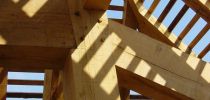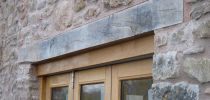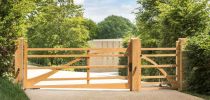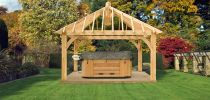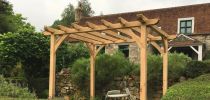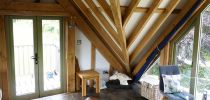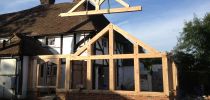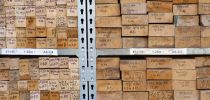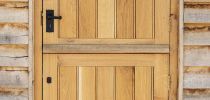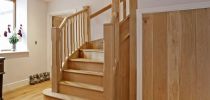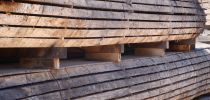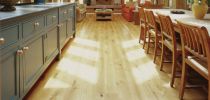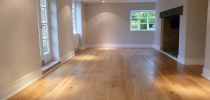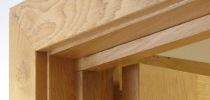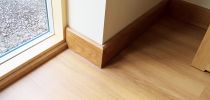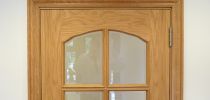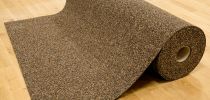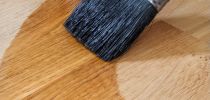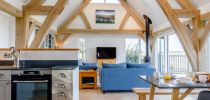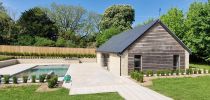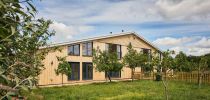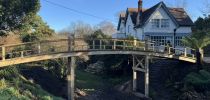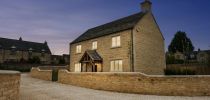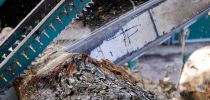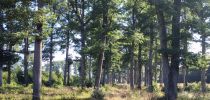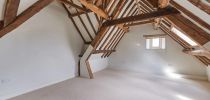

Cladding
Moisture movement
What to expect
29th February 2024
Temperature and humidity conditions in the UK cause a high degree of moisture content variation in timber cladding. As the cell cavities of the wood fibers lose or gain moisture, the wood shrinks or expands causing movement in the timber.
The point that moisture in timber matches that of its surrounding environment is called the Equilibrium Moisture Content. For properly installed cladding in the UK this point is around 16% moisture content. The figure fluctuates up and down, so on hot days it can be down at 12% and on a very wet day the figure can climb around 20%.
Moisture content is one of the most important aspects of joinery specification and BS1186 gives four levels of moisture content which relate to the different end use conditions for joinery. It recommends the following average moisture content:
- External Joinery: 13% to 19%
- Internal Joinery: Unheated Building: 13% to 17%
- Internal Joinery: Room temperature 12°C-21°C: 10% to 14%
- Internal Joinery: Room Temperature in excess of 21°C: 8% to 12%
BS 1186-3 recommends that exterior cladding timber dries to a moisture content of between 13-19% before installation, although this will vary between species.
To help describe and specify movement, TRADA devised a simple movement classification: Across the grain dimension change within a moisture content range of 5-30%:-
- Large: 1% for every 3% change in moisture content
- Medium: 1% for every 4% change in moisture content
- Small: 1% for every 5% change in moisture content

